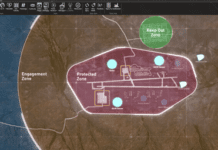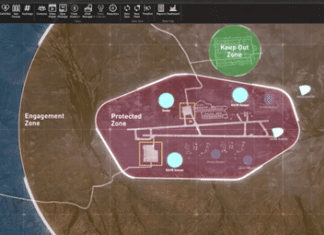This post is also available in:
 עברית (Hebrew)
עברית (Hebrew)
The satellite communications that ships, planes and the military use to connect to the internet are vulnerable to hackers that, in the worst-case scenario, could carry out “cyber-physical attacks”, turning satellite antennas into weapons.
A new research has found that a number of popular satellite communication systems are vulnerable to the attacks, which could also leak information and hack connected devices. The attacks, which are merely a nuisance for the aviation sector, could pose a safety risk for military and maritime users, the research claims.
The attack works by connecting to the satellite antenna from the ground, through the internet, and then using security weaknesses in the software that operates the antenna to seize control.
At the very least, the attack offers the ability to disrupt, intercept or modify all communications passed through the antenna, allowing an attacker to, for instance, eavesdrop on emails sent through an in-flight wifi system, or attempt to launch further hacking attacks against devices connected to the satellite network.
In some situations, the safety risk is higher still. In the case of the military, for instance, the attack also exposes the location of the satellite antenna, since they usually need an attached GPS device to function, reports theguardian.com.
The hackers couldn’t actually affect any systems that control airplanes. Military or maritime spheres are vulnerable because these are remote vulnerabilities — anyone on the internet can hack into a connected vulnerable SATCOM device.
Ruben Santamarta, a researcher for the information security firm IOActive, carried out the study, said: “If you can pinpoint the location of a military base, that’s a safety risk, but not for a plane or a ship”, whose locations are generally public. Both military and maritime users are also at the risk of what Santamarta described as “cyber-physical attacks”: repositioning the antenna and setting its output as high as it will go, to launch a “high-intensity radio frequency (HIRF) attack”.
“We’re basically turning Satcom devices into radio frequency weapons,” Santamarta said. “It’s pretty much the same principle behind the microwave oven.” A HIRF attack can cause physical damage to electrical systems.


























